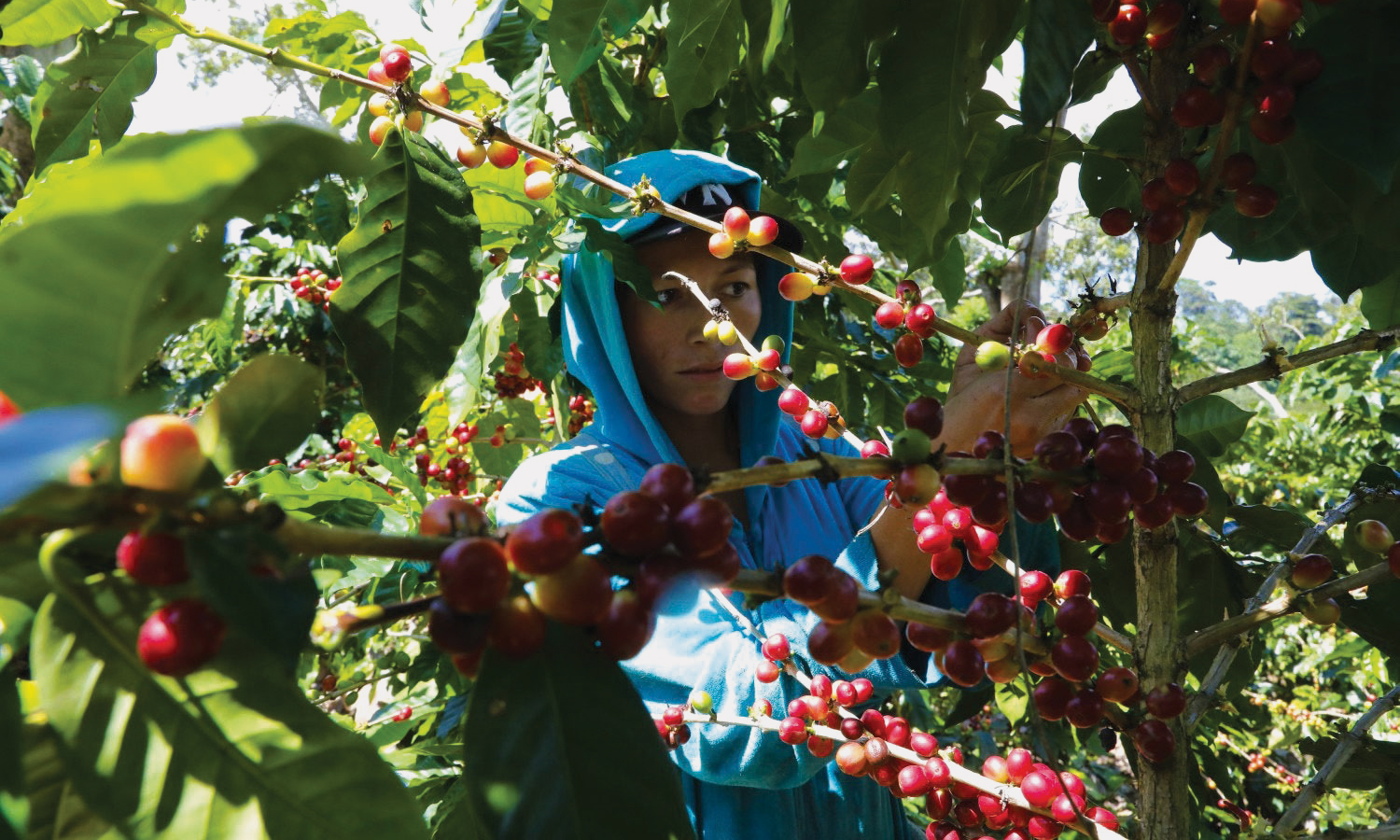

Harvest season had just begun in Matagalpa, Nicaragua, and the coffee plants stood ripe and ready. But there was no one working at many of the farms.
Joaquin Solorzano, a coffee farmer and advocate for Nicaraguan growers, pointed at the cherries on a cluster of coffee plants visible from the winding mountain highway that was eerily empty during the 2019 harvest.
“Look, it’s red,” Solórzano said.
“It should be picked, but no one is picking it right now because they won’t get much money for it. Most of the coffee falls.”
With coffee production in other countries driving down prices and droughts and storms wreaking havoc, coffee farmers in Central America have had to make tough choices in recent years.
Coffee is one of the many industries around the world feeling the pressures of climate change. And, as people lose their livelihoods, access to food or even their homes, climate change is becoming a larger impetus for forced migration.
US immigration laws aren’t equipped to grapple with whether some one fleeing the effects of climate change should be given refuge.
But as those effects worsen, the United States is already seeing Central American coffee workers arrive at the border and ask for help. The disappearance of coffee workers can have a ripple effect on other jobs in a region, leading to even more displacement.
“All of the north of the country depends on coffee — the economy depends on coffee cultivation,” said Aura Lila Sevilla Kuan, former president of the Asociación de Cafetaleros de Matagalpa in Nicaragua.
Droughts weakened the Nicaraguan coffee harvest in 2016 and 2017, and the drier-than-usual soil meant that, when rain did come, it damaged the plants, Solorzano said. Owners went into debt because the harvests yielded less than what they had invested.
Now they are stuck in a cycle of shrinking their production to try to make ends meet. Unemployed Nicaraguan coffee workers most often migrate to near by Costa Rica, though some have tried coming to the United States. Coffee workers in Honduras, El Salvador and Guatemala more often choose to head north rather than south.
Balbino Pais, manager of Finca Las Colinas, a younger farm in the Matagalpa area, said he’s heard from workers who have left that wages are better in Costa Rica, but many return because they can’t find year-round jobs. Miguel Martinez, who had nearly a decade of experience working coffee farms, tried working in Costa Rica and El Salvador before giving upand coming back to Nicaragua. He eventually found work with Pais.
Coffee farming requires intense manual labour. The cherries are generally hand-picked, with workers harvesting the plants several times during a season. Workers carry heavy bags of coffee on their backs over the mountainous terrain to be weighed and transported for drying. Workers are generally paid based on how much coffee they pick, some making as little as 5 or 6 dollars per day. — TCA/dpa
Oman Observer is now on the WhatsApp channel. Click here



